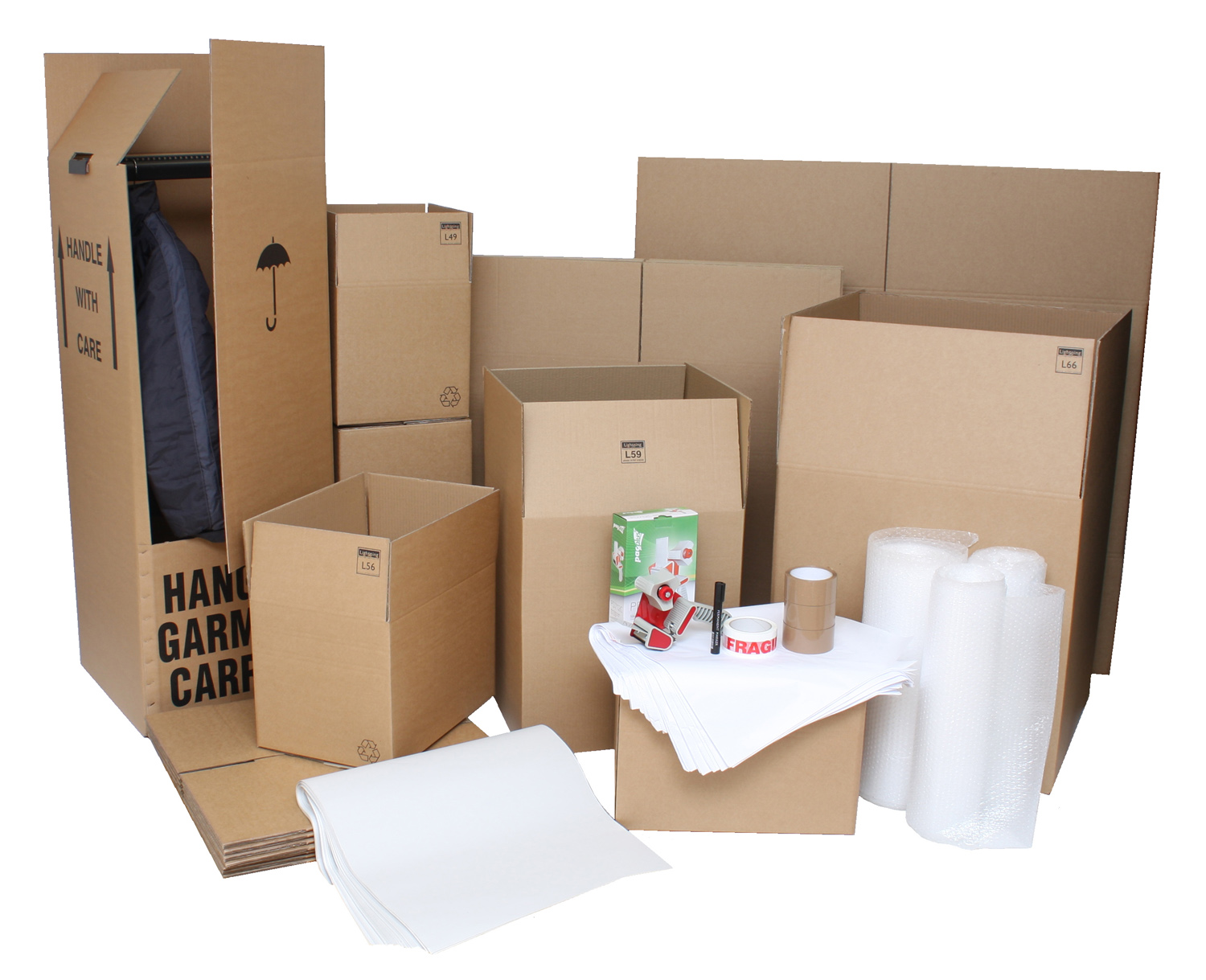Moving to a new home can be exciting, but the process of packing everything up? Not so much. Properly boxing up your home is essential to ensure your belongings arrive safely and efficiently. Here’s how to do it like a pro, including tips on covering furniture to keep it in pristine condition.
1. Start Early and Stay Organized
Moving isn’t a last-minute task. Begin packing as soon as your move is confirmed. Create a checklist and tackle one room at a time. Label boxes with their destination room and contents to make unpacking easier.
2. Gather the Right Supplies
Before you start, ensure you have all the packing materials you’ll need:
- Sturdy boxes in various sizes
- Packing tape
- Bubble wrap
- Packing paper or newspaper
- Furniture covers or moving blankets
- Stretch wrap
- Markers for labeling
3. Declutter Before You Pack
Use this opportunity to declutter. Donate, sell, or discard items you no longer need. Why waste time and money moving things you don’t want?
4. Pack Room by Room
Packing one room at a time helps you stay organized. Start with items you use less frequently, like seasonal decor or books. Save daily essentials for last.
5. Protect Fragile Items
Wrap fragile items like dishes, glassware, and electronics in bubble wrap or packing paper. Use towels or clothing as extra padding inside boxes. Label these large boxes as “FRAGILE” for careful handling.
6. Disassemble Furniture
For large furniture, disassemble parts like table legs or bed frames to make them easier to transport. Keep screws and small hardware in labeled plastic bags and tape them securely to the corresponding furniture piece.
7. Cover Your Furniture
Furniture often takes the brunt of damage during a move, but it doesn’t have to.
- Use furniture covers or moving blankets to protect sofas, chairs, and mattresses from dirt and scratches suggest cosywraps.co.uk.
- Secure drawers and doors on dressers and cabinets with stretch wrap to prevent them from opening during transit.
- Place corner protectors on wooden furniture to avoid dents or chips.
8. Pack Heavy Items in Small Boxes
Books, tools, and other heavy items should go into smaller boxes to avoid overloading and make them easier to carry. Conversely, use larger boxes for lighter, bulkier items like bedding and pillows.
9. Seal and Label Everything
Seal all boxes with packing tape, ensuring the bottoms are secure to prevent spills. Clearly label each box with its contents and destination room. Use a “priority” marker for essential items you’ll need immediately upon arrival.
10. Plan for Moving Day
Keep an “essentials” box with items you’ll need immediately, like toiletries, a change of clothes, snacks, and important documents. Ensure it’s packed last and easily accessible.
Bonus Tips for a Smooth Move
- Use suitcases for heavy items: Wheels make them easier to transport.
- Keep electronics safe: Take photos of cable setups before disconnecting.
- Don’t skimp on furniture covers: They’re a small investment to prevent costly damage.
With a little preparation and the right techniques, you can box up your home efficiently and protect your belongings for the journey ahead. Happy moving!







